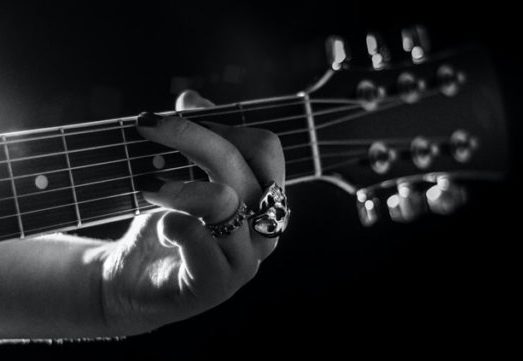This site contains affiliate links, which we receive a commission from any sale or purchase, and are of no cost to you. As a participant in the Amazon Services LLC Associates Program, affiliate links will redirect you to Amazon.com and its affiliate sites. Please read our DISCLAIMER for more information
Each type of scale has it’s own unique visual template; and each template has it’s own unique musical melody that can be moved to different keys (different pitch levels).
If we think of a scale as being a musical measuring tape, the visual design pattern for each type of scale is different e.g., the interval spacing pattern of a harmonic minor scale would be different to that of a melodic minor scale on the musical measuring tape.
For our first example we will use the key of C major.
The melody of the major scale is the familiar: do, re, mi, fa, sol, la, ti, do
The musical template pattern for the major scales is: tone – tone – semitone – tone – tone – tone – semitone
The C major scale contains the following notes: C – D – E – F – G – A – B – C
Now let’s take these notes and transfer them to our major scale template (or measuring tape).
C (tone) D (tone) E (semi-tone) F (tone) G (tone) A (tone) B (semi-tone) C
C = 1
D = 3
E = 5
F = 6
G = 8
A = 10
B = 12
C = 13
Notice how the notes E-F and B-C do not have a gap in between them.
The linear scale design (interval spacing) remains the same regardless of our starting point, which means that the relative distance between each note in our ascending linear major scale would be exactly the same regardless of which C note we started on.
Obviously some linear scales would be more practical than others but for the purpose of this exercise let’s take a look at our optional starting points for a C major scale.
Since we have six strings we could therefore create six linear designs; the designs for the first and sixth string would be identical since both strings are tuned to the note E.
Lorem ipsum dolor sit amet, consectetur adipiscing elit. Proin tempor justo sed quam luctus, nec semper lectus iaculis. Nulla a mattis nunc. Nullam rhoncus dui eget erat aliquam, quis sagittis ipsum lacinia. Ut molestie faucibus lacinia. Ut fringilla porttitor dolor, nec vestibulum tortor tempor in. Donec dictum ipsum vel urna facilisis, a finibus turpis eleifend. Phasellus gravida nisl in sagittis molestie. Phasellus sit amet est tristique, tristique augue ut, tincidunt ex. Donec vitae nulla nec mi gravida vestibulum.
Lorem ipsum dolor sit amet, consectetur adipiscing elit. Proin tempor justo sed quam luctus, nec semper lectus iaculis. Nulla a mattis nunc. Nullam rhoncus dui eget erat aliquam, quis sagittis ipsum lacinia. Ut molestie faucibus lacinia. Ut fringilla porttitor dolor, nec vestibulum tortor tempor in. Donec dictum ipsum vel urna facilisis, a finibus turpis eleifend. Phasellus gravida nisl in sagittis molestie. Phasellus sit amet est tristique, tristique augue ut, tincidunt ex. Donec vitae nulla nec mi gravida vestibulum.

Keeping in mind that the guitar fretboard is divided into semitones i.e., the distance from one fret to the next is a semitone, and two semitones (two frets) equal a tone.
Our next step is to transfer our musical design to the guitar fretboard.
From the note C to the note D is a tone (two frets), from the note D to the note E is a tone (two frets) from the note E to F (one fret) etc.
Here’s how we play a C major linear scale on the second string of the guitar.
Article Source: http://EzineArticles.com/7895156

Starting points
1st (str) C = 8th (fret)
2nd (str) C = 1st (fr)
3rd (str) C = 5th (fr)
4th (str) C = 10th (fr)
5th (str) C = 3rd (fr)
6th (str) C = 8th (fr)
The linear design based on the 5th string would be a possible option for acoustic guitar; the other patterns would require an electric guitar or an acoustic guitar with a cutaway.
Here’s how we play a C major linear scale on the fifth string of the guitar.
C = 3
D = 5
E = 7
F = 8
G = 10
A = 12
B = 14
C = 15
